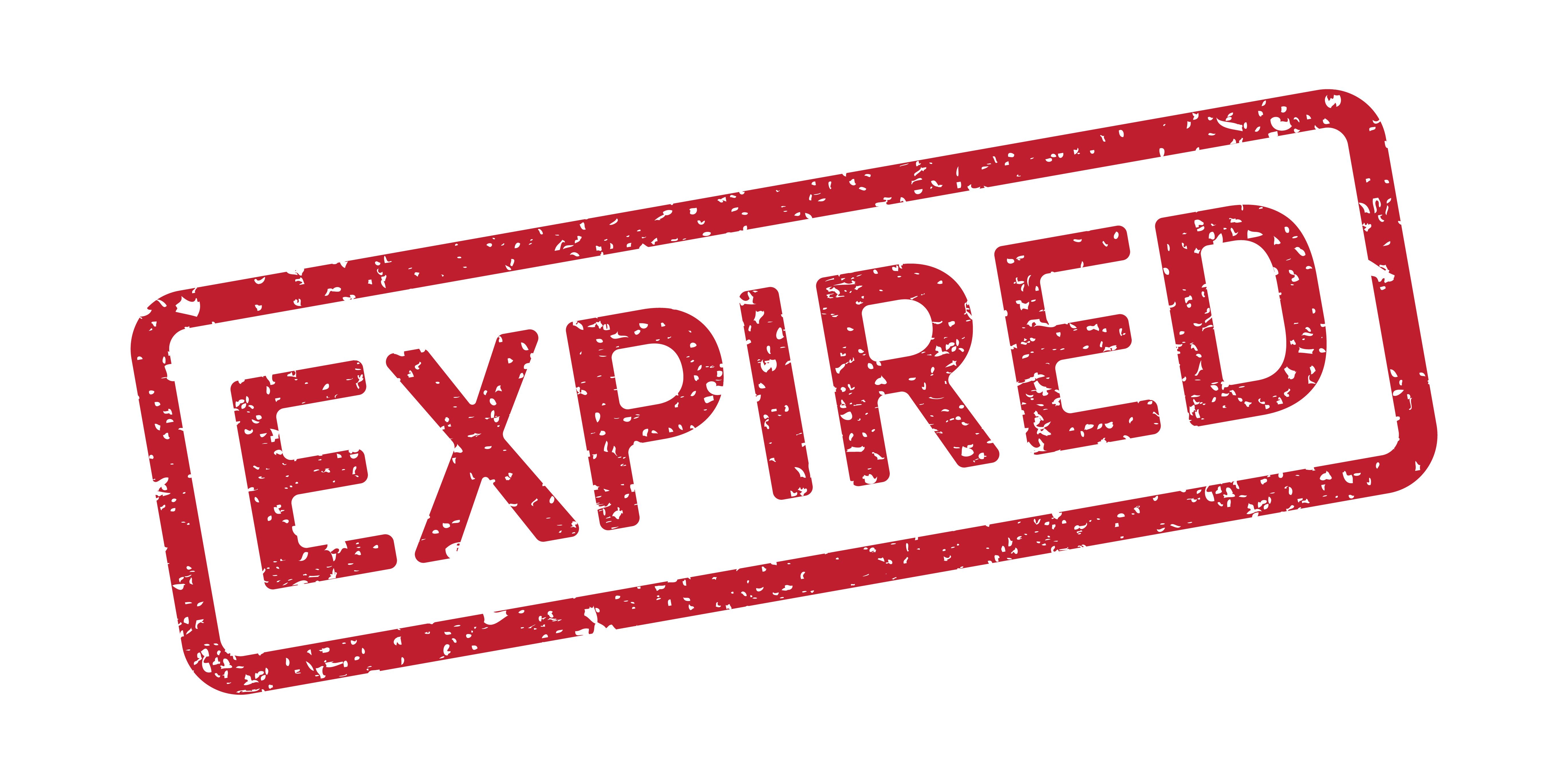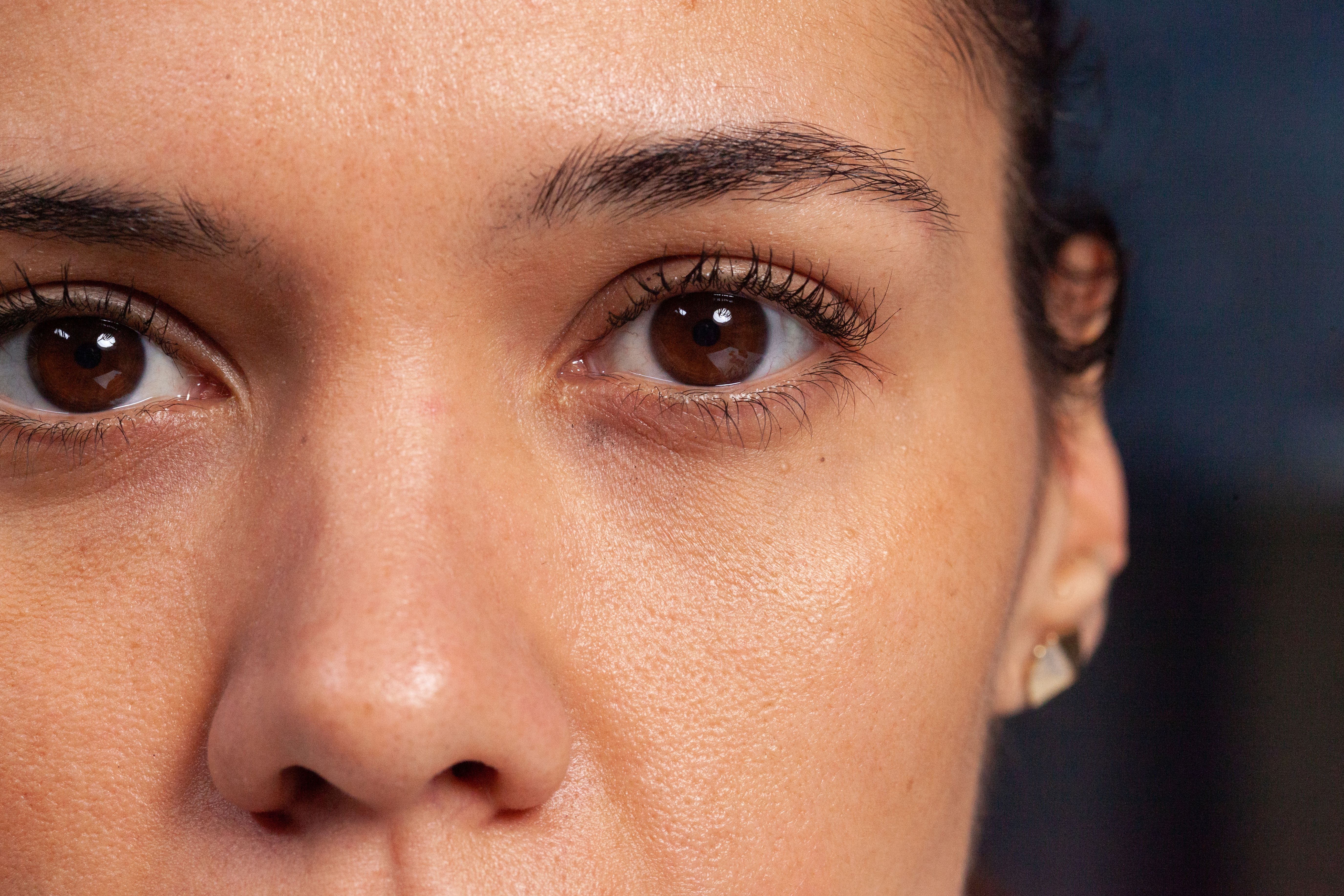Understanding Lens Care: What’s the Expiration Date on Contact Lenses?

For those who wear contact lenses, the terms 'expiration date' and 'wearing period' may be familiar. But do you truly understand their significance? These terms are not just labels or numbers; they are essential indicators for maintaining eye health. In this article, we’ll explain the importance of these dates and periods, and provide detailed guidance on how to manage them effectively. Stay with us to ensure clear vision and healthy eyes!
Summary
- What Is the Expiration Date of Contact Lenses?
- Risks of Using Expired Contact Lenses
- Common Issues with Using Expired Contact Lenses
- Proper Management of Contact Lenses
- What Is the Wearing Period of Contact Lenses?
What Is the Expiration Date of Contact Lenses?
Definition and Importance
The expiration date of contact lenses refers to the deadline by which the product's safety and functionality are guaranteed while still sealed. It's similar to the expiration date on food products. Just as eating expired food can lead to risks like stomach pain or vomiting, using contact lenses past their expiration date can pose various risks. To ensure the safe use of contact lenses, it is crucial to adhere to the expiration date.
Where Can I Find the Expiration Date of Contact Lenses?
The expiration date of contact lenses is listed on the product’s outer box or the blister pack (lens case) lid. Be sure to check your product for this information. Depending on the manufacturer, the expiration date may be indicated with the abbreviation 'EXP' or a symbol resembling an hourglass. If you don’t see the expiration date immediately, don’t panic—take a closer look.
As for reading the expiration date, some products might not list a specific day. For example, as shown in the diagram below, if the expiration date is listed as 'EXP 2027/10', this means the lenses are good until the end of October 2027. Once November 2027 begins, the lenses are considered expired, and you should dispose of them.

Risks of Using Expired Contact Lenses

Potential Risks
When contact lenses are past their expiration date, they are in a degraded state where safety and functionality can no longer be guaranteed.
For example, consider the storage solution used for contact lenses. This solution helps prevent the growth of harmful microorganisms. However, if the solution has expired and lost its effectiveness, microorganisms may proliferate, compromising the safety of the contact lenses.
Additionally, one critical lens parameter is 'oxygen permeability,' which measures how well oxygen can reach the cornea through the lens. As contact lenses degrade, their oxygen permeability may decrease. Even if a lens originally had high oxygen permeability, it could lose this functionality after the expiration date, impairing its ability to deliver oxygen to the cornea.
Common Issues with Using Expired Contact Lenses
Using contact lenses past their expiration date can lead to several problems:
Risk of Infection
As microorganisms proliferate, the risk of infection increases. While these microorganisms are not visible to the naked eye, a seemingly clean and safe contact lens could actually harbour a large number of harmful microorganisms. Some infections are difficult to treat, so it is crucial to discard lenses that have passed their expiration date, even if they appear clean.
Oxygen Deficiency in the Cornea
With reduced oxygen permeability, the cornea may suffer from oxygen deficiency. The cornea needs oxygen, but since it lacks blood vessels, it relies on oxygen from tears, which are in contact with the air. If the contact lenses have low oxygen permeability, the cornea may not receive sufficient oxygen, leading to issues such as swelling, fluid accumulation, or the death of non-regenerating cells.
It is not possible to check oxygen permeability personally. To maintain corneal health, be sure to discard contact lenses that have passed their expiration date.
Proper Management of Contact Lenses

Shelf Life and Storage
Daily, fortnightly, and monthly contact lenses typically have a shelf life of several years from the date of manufacture. If stored correctly, they usually don’t expire prematurely, but it’s important to be cautious with lenses nearing their expiration date.
Causes and Solutions for Frequently Passing the Expiration Date
If you often find yourself using lenses past their expiration date, it may be time to reconsider your purchasing habits. Buying in bulk during sales might seem cost-effective, but if you end up discarding expired lenses, it could ultimately be more expensive. Instead, purchase only what you need in a timely manner.
For daily, fortnightly, or monthly lenses, regardless of the type, always adhere to the expiration date. Even if the lenses are unopened and just one day past their expiration, they must be discarded to protect your eye health.
Please note: Even if the item and prescription are the same, the expiration dates may differ due to ordering from multiple suppliers. When you receive your order, check the expiration dates and use the lenses with the shorter expiry date first.
What is the Wearing Period of Contact Lenses?

Understanding Wearing Periods
The wearing period for contact lenses refers to the amount of time you can use the lenses after opening the package.
This period varies depending on the type of lens you have, so it’s essential to know which type you’re using to manage their replacement correctly.
Breakdown by Lens Type
Here’s a breakdown of the wearing periods for different types of lenses:
- Daily Lenses: Wear for 1 day only. Discard after one use—do not reuse, even if cleaned.
- Fortnightly Lenses: Wear for up to 2 weeks (14 days). Replace after 14 days from opening.
- Monthly Lenses: Wear for up to 30 days. Replace after 30 days from opening.
Regardless of the type, you must discard the lenses after the specified number of days from the opening date. The wearing period is counted from the day you first open the package. Be sure to adhere to these timelines to maintain eye health and ensure the lenses remain safe to use.
Additionally, for daily lenses, they should not be reused even within their usage period. Although they are called 'daily,' this does not mean they can be taken out and reinserted multiple times in one day. Reusing lenses after removing them, even if cleaned or rinsed, is dangerous. It may seem wasteful, but if you remove daily lenses, you should dispose of them immediately and use a new pair.

In this article, we’ve explained the expiration date and wearing period of contact lenses. Additionally, it's important to consider the recommended wearing time for each day, which can vary based on your individual eye condition. Be sure to consult your eye doctor to determine the appropriate wearing time for your lenses.
Furthermore, the storage and cleaning solutions for fortnightly and monthly lenses also have expiration dates. These expiration dates, including those after opening, are indicated in the product instructions. Dispose of any solutions that have passed their expiration date and do not use them.
Understanding and adhering to these guidelines for expiration dates and wearing periods ensures proper contact lens use and care, ultimately contributing to the health of your eyes.
